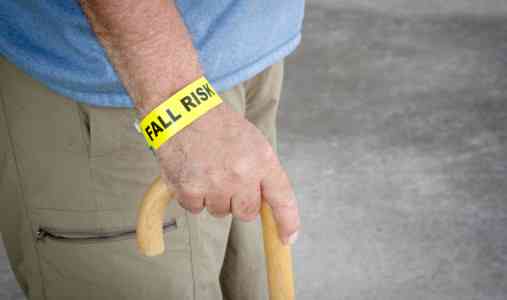Several days ago my friend Laurie Orlov published an article titled What ARE health tech innovators doing to help prevent falls? It is a good read but I am not quite sure she is pointing the finger in the right direction or, perhaps more accurately, the blame may need to be spread beyond the health and aging innovation organizations.
It’s All About the Money
There are many many technologies we could use that would make seniors safer and improve quality of life, but economics get in the way.
Just look at emergency call systems.
There are about half a dozen first-tier players, including Vigil Health Solutions, a Senior Housing Forum Partner. Beyond the top tier there are dozens or perhaps even hundreds of micro providers across North America and around the world. That means no one is selling hundreds of thousands or millions of anything each year. It is actually much worse that; it is likely that no one company is even selling tens of thousands of anything each year.
This means high development costs, high manufacturing costs, high support costs and high sales costs. The net effect of all this is that emergency call systems are relatively expensive to developers and operators. And then . . . every month Vigil gets approached with some great new feature request that would give providers real benefit. The first question Vigil has to ask is this . . . how much more would you pay for that feature? The answer is always “Not Much.”
Iphones, iPads, Andriod and even computers are much more complex than call systems, but they are sold in the millions, which makes their per unit non-reoccurring costs just pennies per unit.
Seniors the Neglected Group?
This story, this problem, is repeated over and over again in the senior space. Fitbit-like monitoring devices hold great promise as early warning systems for subtle changes in the health and wellness conditions, but there is simply not enough profit out there for any company to find it worthwhile to make an elder specific device.
The Giant Fall Conundrum
There is general agreement that falls in the elderly population are a really big deal. It brings on early death, it hurts quality of life and is massively costly to the healthcare system. It is also likely there are technological solutions that would both detect and prevent falls, saving vast amounts of money.
The problem is that there is no mechanism to pay for either the development of the technology or the purchase of the technology once it has been developed. It would likely be too expensive for post-acute providers or individuals to pay for and yet . . . as a system it is also almost certain this technology would result in massive cost savings.
Finding A Solution
Normally when I write an article like this, I close with a possible solution. In this case I am at a loss except to believe that as the population ages, the profit opportunities will get bigger and at some point some technology will be easily enough adapted to make fall detection and prevention a reality.
Steve Moran







